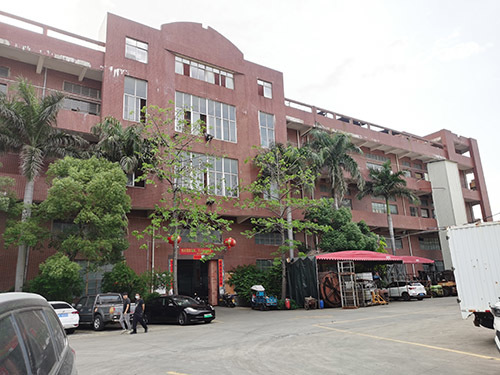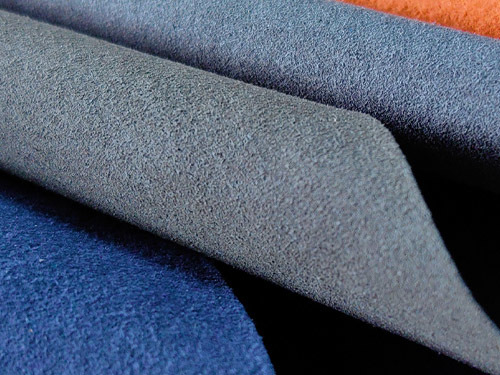26
2024
-
06
Detailed explanation of ecological anti-velvet technology
1., under the social background of increasingly paying attention to environmental protection and sustainable development, traditional leather materials have been controversial due to their high energy consumption and potential environmental pollution in the production process. In order to find a leather substitute that not only meets the requirements of ecological environmental protection, but also meets people's pursuit of high quality life, ecological reverse velvet technology came into being. This article will discuss in detail the definition, production process, advantages and application of ecological reverse velvet technology in various fields.
The definition of 2. ecological anti-suede technology Ecological anti-suede, also known as environmentally friendly anti-suede or ecological synthetic leather, is a kind of artificial synthetic leather made of environmentally friendly materials and advanced technology. It imitates the texture and texture of natural leather, but has better environmental performance and longer service life. Eco-reverse leather technology effectively reduces energy consumption and emissions in the production process by optimizing material selection and manufacturing process. It is a real green leather technology.
The production process of 3. ecological anti-velvet skin The production process of ecological anti-velvet skin mainly includes the following steps: 1. Material preparation: Select environmentally friendly synthetic fiber materials as the base material, such as polyamide fiber (nylon), polyester fiber (polyester), etc. These materials have excellent wear resistance, weather resistance and anti-aging properties, and can meet the requirements of ecological anti-pile skin for the substrate.
2. Substrate treatment: Pretreatment of the selected substrate, including cleaning, drying, finishing and other processes to ensure the flatness and cleanliness of the substrate surface.
3. Coating treatment: coating one or more environmentally friendly coating materials on the surface of the substrate, such as polyurethane (PU), polyvinyl chloride (PVC), etc. These coating materials have good water resistance, oil resistance, wear resistance and aging resistance, and can protect the substrate from the external environment.
4. grinding treatment: after the coating of the substrate for grinding treatment, so that its surface presents a unique velvet texture. The grinding treatment can be carried out by mechanical grinding or chemical grinding.
5. Dyeing treatment: According to market demand and customer requirements, the polished substrate is dyed. Dyeing treatment can be carried out by dip dyeing, spraying and other methods, so that the ecological reverse velvet showing a rich color and texture.
6. Post-treatment: Post-treatment of the dyed substrate, including finishing, inspection, packaging and other processes, to ensure that the quality and appearance of the ecological anti-velvet skin meet the requirements.
Advantages of 4. ecological reverse velvet leather Compared with traditional leather materials, ecological reverse velvet leather has the following advantages: 1. Environmental performance: Ecological reverse velvet leather is made of environmentally friendly materials and advanced technology, and the energy consumption and emissions in the production process are greatly reduced, which meets environmental protection requirements.
2. Durability: Eco-reverse velvet leather has good abrasion resistance, weather resistance and anti-aging performance, and has a long service life.
3. Diversity: The color and texture of ecological velvet skin are rich and diverse, which can meet the needs of different consumers.
4. Comfort: Eco-reverse velvet leather has excellent softness and breathability, and high wearing comfort.
Application fields of 5. ecological velvet with its unique texture and environmental protection performance, ecological velvet has been widely used in various fields: 1. Footwear manufacturing: ecological velvet has a wide range of applications in the field of footwear manufacturing, which can be used to make shoes of various styles and styles.
2. Leather goods manufacturing: Eco-reverse velvet leather is also suitable for making leather goods such as handbags and wallets.
3. Furniture decoration: ecological anti-velvet can be used in furniture decoration field, such as sofa, bed and other furniture fabrics.
Related News

Address: No. 99, Kaimu Leather District, Anhai Town, Jinjiang City, Fujian Province
E-mail:order@zhanbaoleather.com
All rights reserved©2024 Fujian Zhanbao New Material Technology Co., Ltd.










